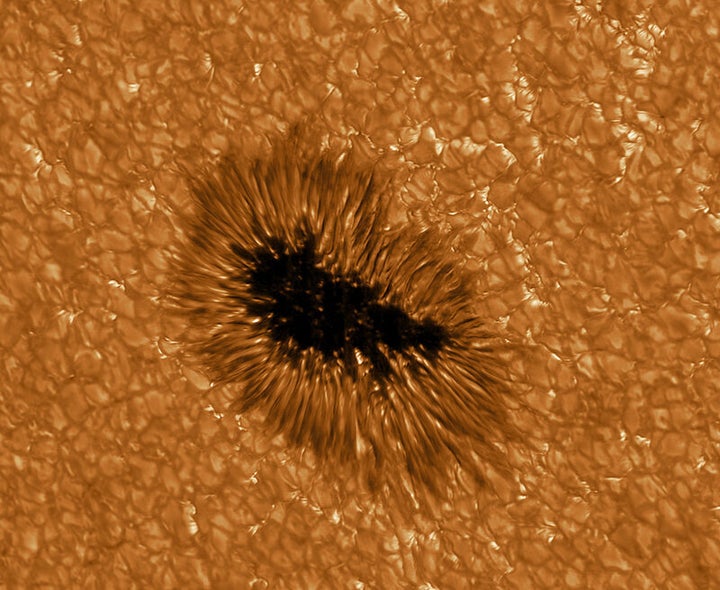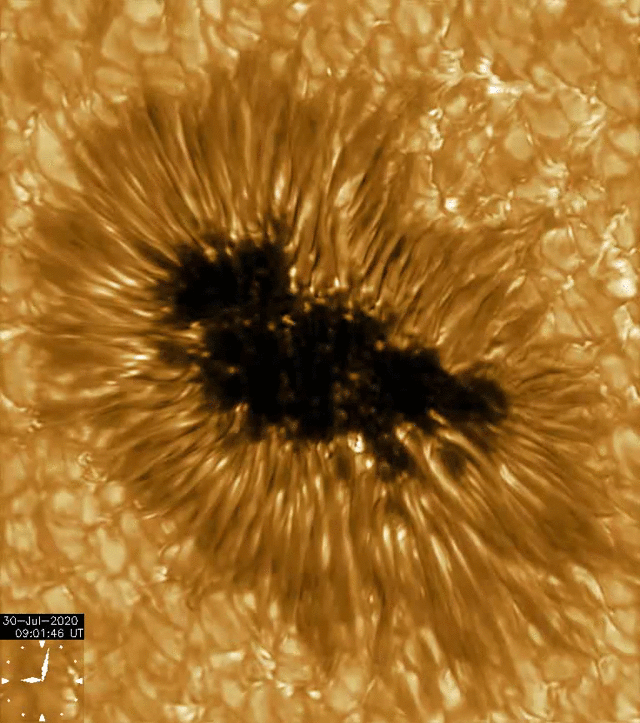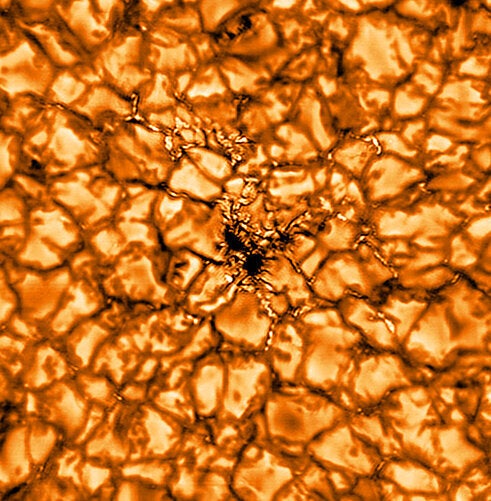The highest-resolution images of the sun taken by a European telescope revealed an uncanny and disturbingly close look at the surface of our solar system’s star.
The pictures were captured by GREGOR, a solar telescope located at the Teide Observatory in Tenerife, Spain, and operated by German scientists from the Leibniz Institute for Solar Physics.
They offer a detailed look at the twisted structure of solar plasma, as well as sunspots — areas where the sun’s magnetic field is extraordinarily high and causes a spike in pressure that drops the temperature and darkens the surrounding atmosphere.
The GREGOR telescope began operation in 2012 and underwent a major redesign this year that was temporarily halted due to the coronavirus pandemic. It now offers a view of details as small as 50 kilometers — or 31 miles — which is tiny relative to the sun’s diameter of 1.4 million kilometers, or about 870,000 miles.
“This is as if one saw a needle on a soccer field perfectly sharp from a distance of one kilometer,” according to a press release announcing the photos.
“This was a very exciting but also extremely challenging project,” said Lucia Kleint, who led the GREGOR’s revamp, in a statement. “In only one year we completely redesigned the optics, mechanics and electronics to achieve the best possible image quality.”



Similar images of the sun’s surface taken by the Daniel K. Inouye Solar Telescope in Hawaii were released in January, drawing reactions across social media from commentators who said that the star’s hot plasma resembled kernels of popcorn.